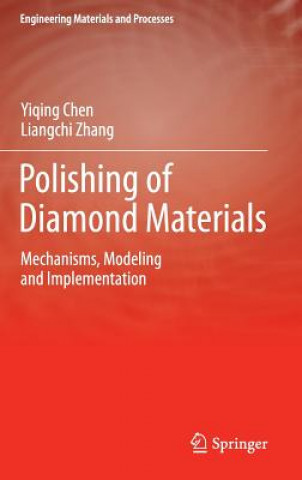
Code: 01434435
Polishing of Diamond Materials
by Yiqing Chen, Liangchi Zhang
Diamond has a unique combination of properties, such as the highest hardness and thermal conductivity among any known material, high electrical resistivity, a large optical band gap and a high transmission, good resistance to chem ... more
- Language:
 English
English - Binding: Hardback
- Number of pages: 174
Publisher: Springer London Ltd, 2013
- More about this

121.21 €

Low in stock at our supplier
Shipping in 13 - 16 days
Potřebujete více kusů?Máte-li zájem o více kusů, prověřte, prosím, nejprve dostupnost titulu na naši zákaznické podpoře.
Add to wishlist
You might also like
-

Diamond Handbook
24.44 € -17 % -
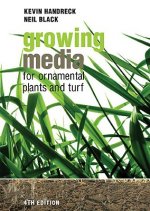
Growing Media for Ornamental Plants and Turf
72.32 € -
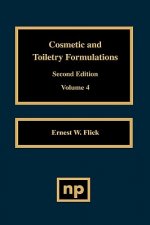
Cosmetic and Toiletry Formulations, Vol. 4
89.69 € -
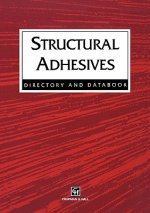
Structural Adhesives
240.82 € -

Guide to European Electric Motors, Drives and Controls 2e
621.55 € -
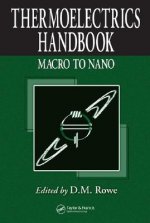
Thermoelectrics Handbook
335.87 € -
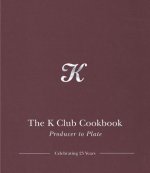
K Club Cookbook
51.41 €
Give this book as a present today
- Order book and choose Gift Order.
- We will send you book gift voucher at once. You can give it out to anyone.
- Book will be send to donee, nothing more to care about.
More about Polishing of Diamond Materials
You get 304 loyalty points
 Book synopsis
Book synopsis
Diamond has a unique combination of properties, such as the highest hardness and thermal conductivity among any known material, high electrical resistivity, a large optical band gap and a high transmission, good resistance to chemical erosion, low adhesion and friction, and extremely low thermal expansion coefficient. As such, diamond has been a desirable material in a wide range of applications in mechanical, chemical, optical, thermal and electrical engineering. In many of the cases, the surface of a diamond component or element must have a superior finish, often down to a surface roughness of nanometers. Nevertheless, due to its extreme hardness and chemical inertness, the polishing of diamond and its composites has been a sophisticated process. §Polishing of Diamond Materials will provide a state-of-the-art analysis, both theoretically and experimentally, of the most commonly used polishing techniques for mono/poly-crystalline diamond and chemical vapour deposition (CVD) diamond films, including mechanical, chemo-mechanical, thermo-chemical, high energy beam, dynamic friction and other polishing techniques. The in-depth discussions will be on the polishing mechanisms, possible modelling, material removal rate and the quality control of these techniques. A comparison of their advantages and drawbacks will be carried out to provide the reader with a useful guideline for the selection and implementation of these polishing techniques.§Polishing of Diamond Materials will be of interest to researchers and engineers in hard materials and precision manufacturing, industry diamond suppliers, diamond jewellery suppliers and postgraduate students in the area of precision manufacturing.Diamond has a unique combination of properties, such as the highest hardness and thermal conductivity among any known material, high electrical resistivity, a large optical band gap and a high transmission, good resistance to chemical erosion, low adhesion and friction, and extremely low thermal expansion coefficient. As such, diamond has been a desirable material in a wide range of applications in mechanical, chemical, optical, thermal and electrical engineering. In many of the cases, the surface of a diamond component or element must have a superior finish, often down to a surface roughness of nanometers. Nevertheless, due to its extreme hardness and chemical inertness, the polishing of diamond and its composites has been a sophisticated process. §Polishing of Diamond Materials will provide a state-of-the-art analysis, both theoretically and experimentally, of the most commonly used polishing techniques for mono/poly-crystalline diamond and chemical vapour deposition (CVD) diamond films, including mechanical, chemo-mechanical, thermo-chemical, high energy beam, dynamic friction and other polishing techniques. The in-depth discussions will be on the polishing mechanisms, possible modelling, material removal rate and the quality control of these techniques. A comparison of their advantages and drawbacks will be carried out to provide the reader with a useful guideline for the selection and implementation of these polishing techniques.§Polishing of Diamond Materials will be of interest to researchers and engineers in hard materials and precision manufacturing, industry diamond suppliers, diamond jewellery suppliers and postgraduate students in the area of precision manufacturing. §The Engineering Materials and Processes series focuses on all forms of materials and the processes used to synthesise and formulate them as they relate to the various engineering disciplines. The series deals with a diverse range of materials: ceramics; metals (ferrous and non-ferrous); semiconductors; composites, polymers, biomimetics etc. Each monograph in the series is written by a specialist and demonstrates how enhancements in materials and the processes associated with them can improve performance in the field of engineering in which they are used.Diamond has a unique combination of properties, such as the highest hardness and thermal conductivity among any known material, high electrical resistivity, a large optical band gap and a high transmission, good resistance to chemical erosion, low adhesion and friction, and extremely low thermal expansion coefficient. As such, diamond has been a desirable material in a wide range of applications in mechanical, chemical, optical, thermal and electrical engineering. In many of the cases, the surface of a diamond component or element must have a superior finish, often down to a surface roughness of nanometers. Nevertheless, due to its extreme hardness and chemical inertness, the polishing of diamond and its composites has been a sophisticated process. §Polishing of Diamond Materials will provide a state-of-the-art analysis, both theoretically and experimentally, of the most commonly used polishing techniques for mono/poly-crystalline diamond and chemical vapour deposition (CVD) diamond films, including mechanical, chemo-mechanical, thermo-chemical, high energy beam, dynamic friction and other polishing techniques. The in-depth discussions will be on the polishing mechanisms, possible modelling, material removal rate and the quality control of these techniques. A comparison of their advantages and drawbacks will be carried out to provide the reader with a useful guideline for the selection and implementation of these polishing techniques.§Polishing of Diamond Materials will be of interest to researchers and engineers in hard materials and precision manufacturing, industry diamond suppliers, diamond jewellery suppliers and postgraduate students in the area of precision manufacturing.
 Book details
Book details
Book category Books in English Technology, engineering, agriculture Industrial chemistry & manufacturing technologies Industrial chemistry
121.21 €
- Full title: Polishing of Diamond Materials
- Subtitle: Mechanisms, Modeling and Implementation
- Author: Yiqing Chen, Liangchi Zhang
- Language:
 English
English - Binding: Hardback
- Number of pages: 174
- EAN: 9781849964074
- ISBN: 1849964076
- ID: 01434435
- Publisher: Springer London Ltd
- Weight: 426 g
- Dimensions: 242 × 160 × 16 mm
- Date of publishing: 14. February 2013
Trending among others
-

French Patisserie
50.80 € -15 % -

Chemistry of Fragrances
39.99 € -4 % -

How To Brew
20.90 € -19 % -

Soapmaker's Companion
17.57 € -23 % -

Thermoforming
201.62 € -7 % -

Beckett's Industrial Chocolate Manufacture and Use 5e
277.79 € -
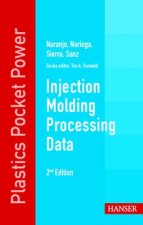
Injection Molding Processing Data
16.76 € -7 % -
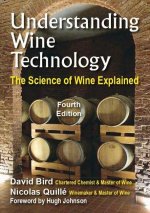
Understanding Wine Technology
29.69 € -28 % -
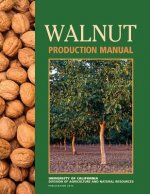
Walnut Production Manual
65.55 € -

Emperor Of Scent
11.30 € -28 % -

Vineyards, Rocks, and Soils
58.78 € -
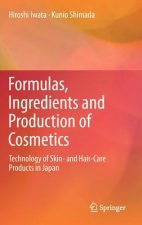
Formulas, Ingredients and Production of Cosmetics
240.82 € -

Malt
15.24 € -28 % -

Designing Great Beers
19.28 € -28 % -
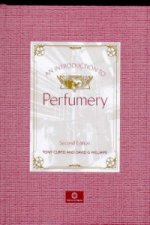
Introduction to Perfumery
102.52 € -
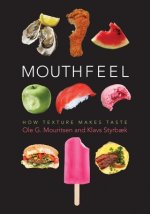
Mouthfeel
58.78 € -

Undiscovered Self
18.17 € -14 % -

Altbier
13.43 € -16 % -

Microbiome, Immunity, Digestive Health and Nutrition
136.16 € -15 % -

Art of Beef Cutting - A Meat Professional's Guide to Butchering and Merchandising
38.98 € -22 % -

Science of Ice Cream
34.74 € -4 % -

Chocolate, Cocoa and Confectionery: Science and Technology
197.28 € -
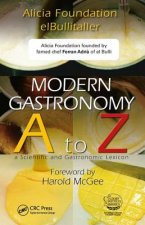
Modern Gastronomy
101.82 € -
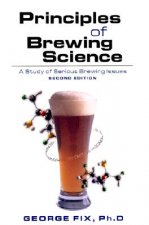
Principles of Brewing Science
25.65 € -16 % -

Porter
11 € -16 % -

Inventing Wine
18.07 € -2 % -

Water Electrolysis for Hydrogen Production
238.59 € -2 % -
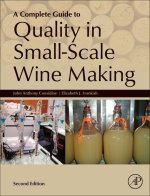
A Complete Guide to Quality in Small-Scale Wine Making
107.27 € -4 % -

Organic Chemistry of Drug Design and Drug Action
96.97 € -11 % -

Perfectly Creamy Frozen Yogurt: 56 Amazing Flavors
14.33 € -20 % -
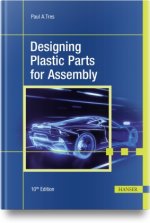
Designing Plastic Parts for Assembly
148.69 € -4 % -

Pharmaceutical Competitive Intelligence for the Regulatory Affairs Professional
72.32 € -
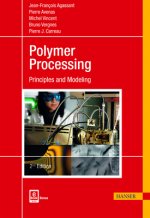
Polymer Processing
228.90 € -7 % -

Global Cheesemaking Technology - Cheese Quality and Characteristics
232.33 € -

Pharmaceutical Quality by Design - A Practical Approach
118.38 € -

Essential Rubber Formulary: Formulas for Practitioners
129.90 € -
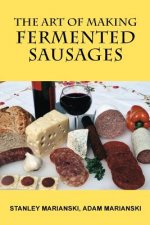
Art of Making Fermented Sausages
16.86 € -19 % -

Amber Revolution
35.35 € -4 % -
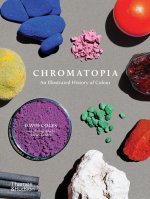
Chromatopia
22.52 € -15 % -

Natural Soap Book
13.93 € -14 % -
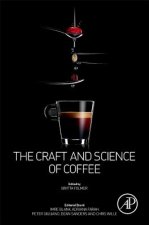
Craft and Science of Coffee
116.06 € -15 % -

Cosmeceuticals and Cosmetic Ingredients
238.39 € -

Colour
8.27 € -28 % -
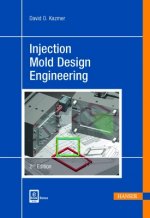
Injection Mold Design Engineering
139.70 € -5 % -
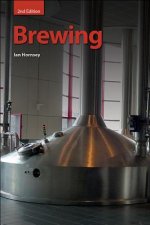
Brewing
37.37 € -5 % -
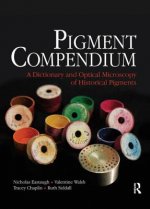
Pigment Compendium
244.55 € -5 % -

Indigo
23.02 € -18 % -
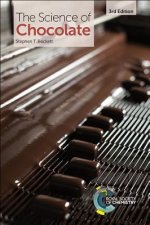
Science of Chocolate
39.89 € -
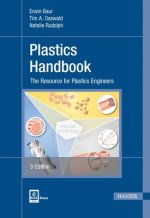
Plastics Handbook
139.19 € -4 %
Collection points Bratislava a 2642 dalších
Copyright ©2008-24 najlacnejsie-knihy.sk All rights reservedPrivacyCookies


 15549 collection points
15549 collection points Delivery 2.99 €
Delivery 2.99 € 02/210 210 99 (8-15.30h)
02/210 210 99 (8-15.30h)